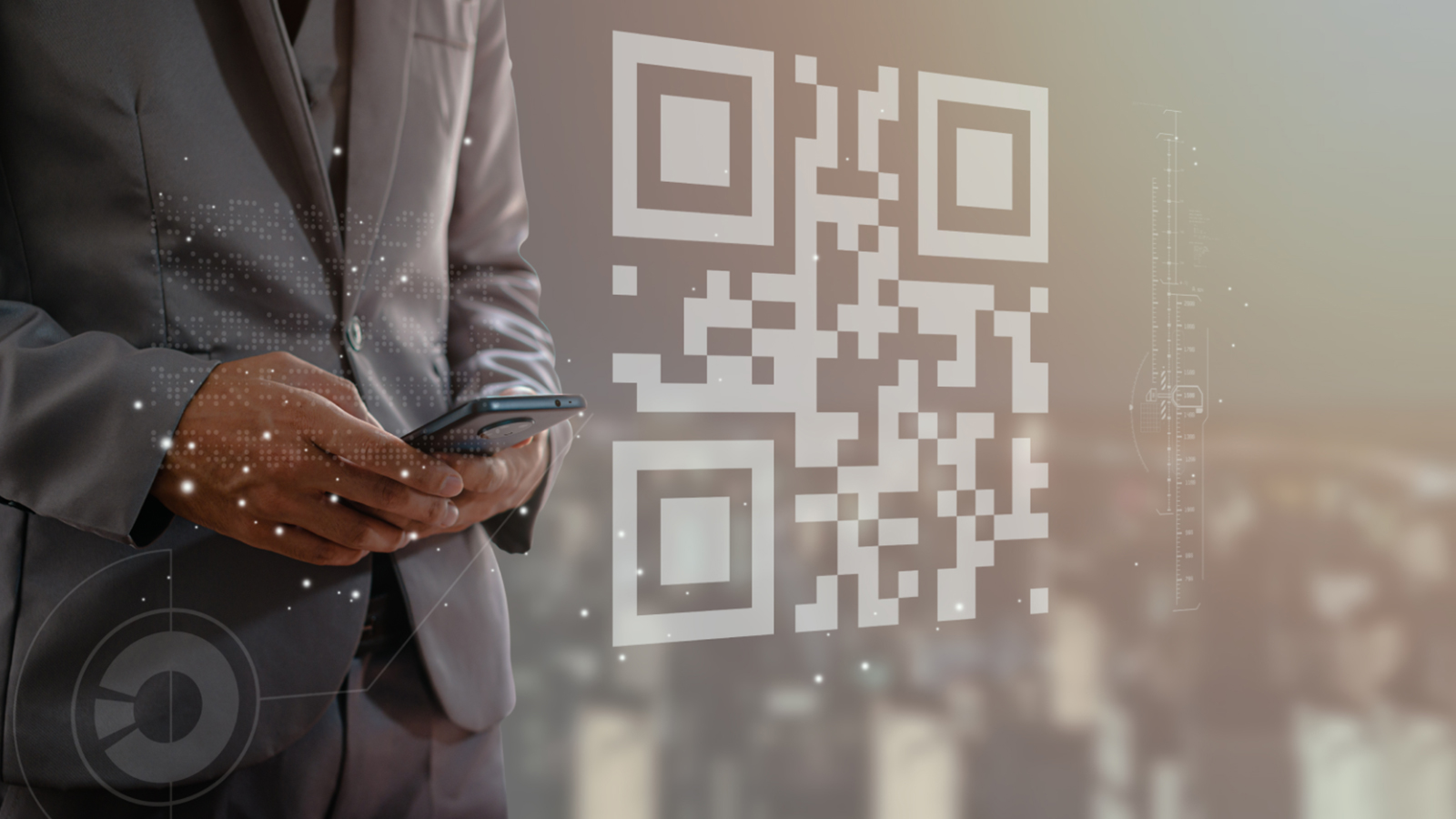In today’s fast-paced digital world, consumers and businesses alike are looking for fast, secure, and convenient ways to process transactions. One of the most innovative solutions to emerge in recent years is dynamic QR code payments.
Dynamic QR code payments allow customers to make payments quickly and easily using their smartphones, without the need for cash or physical payment cards. Unlike traditional payment methods, such as credit cards or bank transfers, dynamic QR code payments use a two-dimensional barcode (QR code) to facilitate transactions. They have been around for decades, but it’s only in recent years that they have become a popular payment method. Today, dynamic QR code payments are used in a variety of settings, from retail stores and online marketplaces to peer-to-peer transactions.
In this blog post, we’ll explore the benefits of dynamic QR code payments, how they work, and why they’re becoming an increasingly popular payment method. Whether you’re a business owner looking to offer dynamic QR code payments to your customers or a consumer interested in learning more about this innovative payment method, this blog post is for you.
What is a dynamic QR code payment?
A dynamic QR code payment is a type of payment system that uses a two-dimensional barcode (QR code) to facilitate transactions between a customer and a merchant. In a dynamic QR code payment, the QR code is generated dynamically and contains payment information that can be modified in real-time.
When a customer wants to make a payment, they scan the QR code with their smartphone camera and are directed to a payment gateway where they can complete the transaction. The payment information contained in the QR code includes the transaction amount, merchant information, and other details necessary to process the payment.
Unlike static QR codes, which contain fixed information that cannot be changed, dynamic QR codes can be updated in real-time, allowing for more flexibility in payment processing. Dynamic QR code payments are often used in retail stores, online marketplaces, and peer-to-peer transactions, and are becoming increasingly popular due to their convenience, security, and cost-effectiveness.
Benefits of Dynamic QR code payment
Dynamic QR codes have several benefits, including:
- Convenience:Dynamic QR code payments allow customers to pay quickly and easily using their smartphones, without the need for cash or physical payment cards.
- Security:Dynamic QR code payments use advanced encryption and authentication methods to ensure that the payment is secure and protected from fraud.
- Efficiency:Dynamic QR code payments are fast and efficient, reducing the time and effort required to process payments.
- Cost-effectiveness:Dynamic QR code payments are often less expensive than traditional payment methods, such as credit cards or bank transfers, which can save businesses money on transaction fees.
- Flexibility:Dynamic QR code payments can be used in a variety of settings, including retail stores, online marketplaces, and peer-to-peer transactions.
Overview of Dynamic QR payment
Following are the typical steps involved in a dynamic QR code payment:
Customer selects items or services: The customer selects the items or services they want to purchase from the merchant.
Merchant generates a QR code: The merchant generates a dynamic QR code using a payment gateway or payment processor. The QR code contains payment information such as the transaction amount, merchant information, and payment instructions.
Customer scans the QR code: The customer scans the QR code using their smartphone camera or a QR code scanner app. The QR code is usually displayed on a screen or printed on a receipt.
Customer confirms payment details: The customer reviews the payment details displayed on their smartphone screen, including the transaction amount and merchant information.
Customer authorizes payment: The customer authorizes the payment by entering their payment credentials (such as a PIN or biometric data) or by approving the payment through their mobile wallet app.
Payment is processed: The payment is processed through the payment gateway or payment processor, and the merchant receives a confirmation of payment.
Transaction is complete: The customer receives a payment confirmation on their smartphone and the transaction is complete.
Overall, dynamic QR code payments offer a convenient, secure, and efficient way to process transactions in today’s fast-paced world. As technology continues to evolve, dynamic QR code payments are likely to become even more prevalent, making it important for businesses to stay up-to-date with the latest payment trends and technologies.
